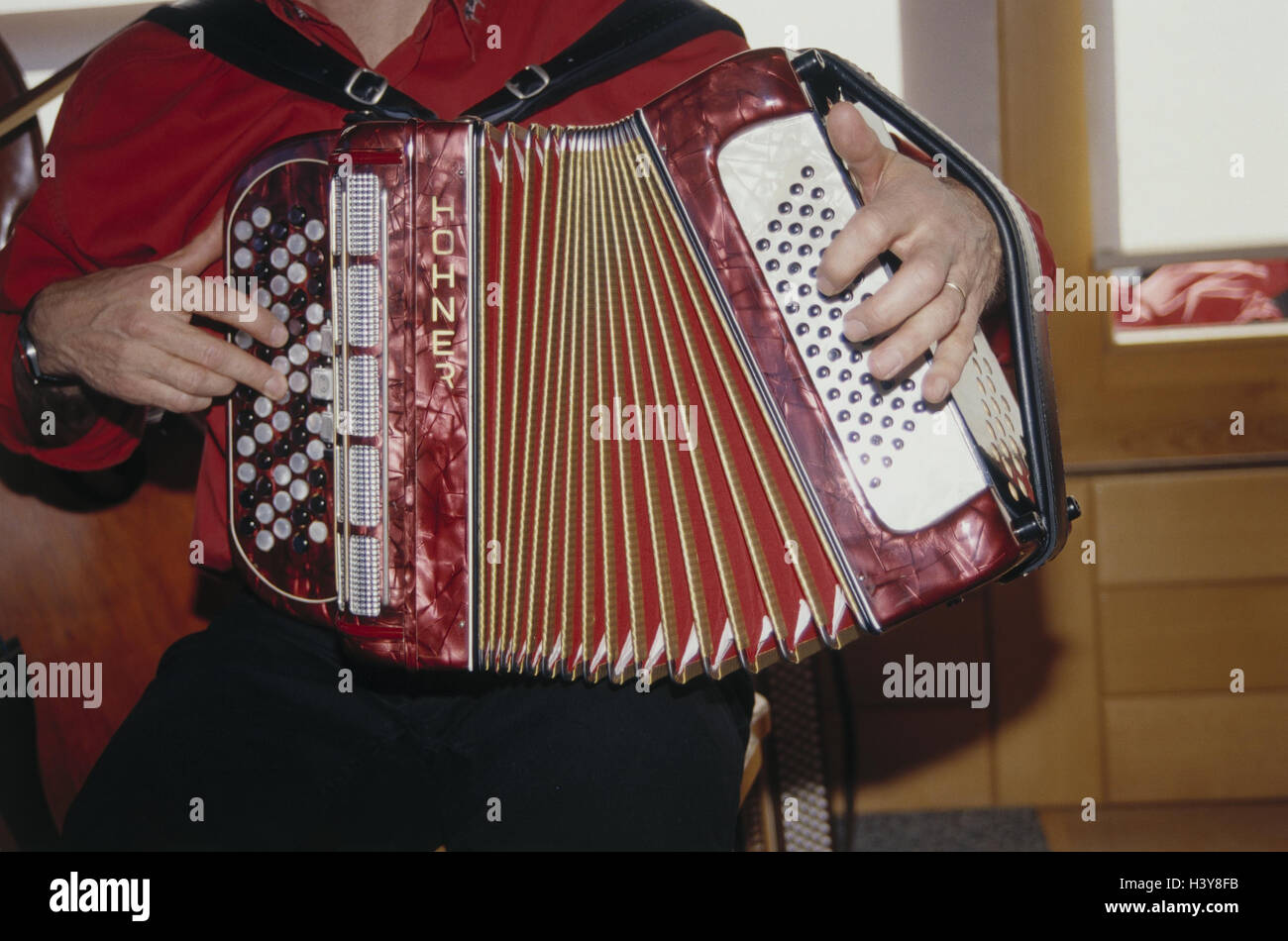

The parts from the Concerto for four harpsichords BWV 1065 (Bach's arrangement of the Concerto for Four Violins, RV 580, by Antonio Vivaldi), have been dated to around 1730. The concertos for two or more harpsichords date from a slightly earlier period. Ī single-manual harpsichord conserved in the Bach House in Eisenach Williams has also speculated that it might not be mere coincidence that the timing matched the publication of the first ever collection of keyboard concertos, the widely acclaimed and well-selling Organ concertos, Op.4 of George Frederic Handel published in London and Paris in 1738.
Minor key concertina french cafe music professional#
Peter Williams has also suggested that the collection would have been a useful addition to the repertoire of his two elder sons, Wilhelm Friedemann and Carl Philipp Emanuel, both employed as professional keyboard-players at the time of writing. Peter Wollny, however, considers it unlikely that The Collegium Musicum would have required orchestral parts that were so neatly draughted he considers it more plausible that the manuscript was prepared for a visit that Bach made to Dresden in 1738 when he would almost certainly have given private concerts in court (or to the nobility) and the ripieno parts would have been played by the resident orchestra. John Butt suggests that the manuscript was prepared for performances on Bach's resumption as director in 1739, additional evidence coming from the fact that the manuscript subsequently remained in Leipzig. Bach served as director from spring 1729 to summer 1737 and again from October 1739 until 1740 or 1741. One centres on his role as director of the Collegium Musicum in Leipzig, a municipal musical society, which gave weekly concerts at the Café Zimmermann, drawing many performers from students at the university. Various possible explanations have been proposed as to why Bach assembled the collection of harpsichord concertos at this particular time. The orchestral parts on the other hand were executed as a fair copy. The harpsichord part in the autograph manuscript is not a "fair copy" but a composing score with numerous corrections. In the centre is Café Zimmermann, where the Collegium Musicum held weekly chamber music concerts Johann Georg Schreiber, 1720: Engraving of Katherinenstrasse in Leipzig. 6.2 Concerto in D major, BWV 1050 (Brandenburg Concerto No.6 Concertos for harpsichord, flute, and violin.5 Concerto in A minor for four harpsichords, BWV 1065.2.8 Concerto in D minor, BWV 1059 (fragment).They are among the first concertos for keyboard instrument ever written. In many cases, only the harpsichord version has survived. Most of Bach's harpsichord concertos (with the exception of the 5th Brandenburg Concerto) are thought to be arrangements made from earlier concertos for melodic instruments probably written in Köthen. In addition, there is a nine-bar concerto fragment for harpsichord (BWV 1059) which adds an oboe to the strings and continuo. Two other concertos include solo harpsichord parts: the concerto BWV 1044, which has solo parts for harpsichord, violin and flute, and Brandenburg Concerto No. There are seven complete concertos for a single harpsichord (BWV 1052–1058), three concertos for two harpsichords (BWV 1060–1062), two concertos for three harpsichords (BWV 10), and one concerto for four harpsichords (BWV 1065). The keyboard concertos, BWV 1052–1065, are concertos for harpsichord (or organ), strings and continuo by Johann Sebastian Bach.

Composer directing cantata from gallery in a church, engraving from Musicalisches Lexicon, Johann Gottfried Walther, 1732


 0 kommentar(er)
0 kommentar(er)
